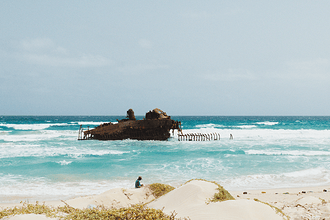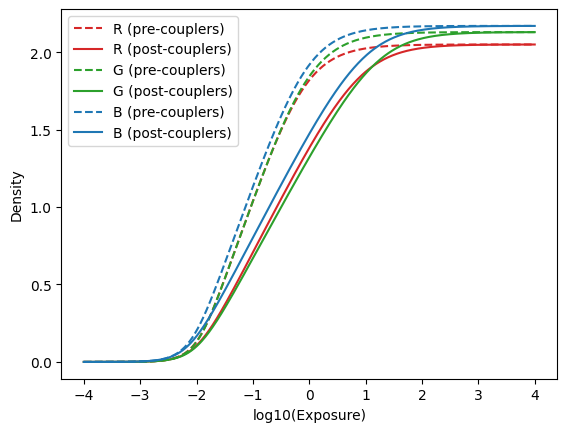I very much share your excitement! I sent early fan PMs to @arctic after watching his cryptic PlayRaw contributions for months. ![]() This example really caught my eye in May.
This example really caught my eye in May.
Sadly, I haven’t been successful getting it to run on my Fedora based Aurora installation using pip yet, so for now I just wait for your posts in this thread. ![]() Saw a recommendation for
Saw a recommendation for uv. Hope to try that this weekend! Perhaps your vkdt implementation can make it more accessible to Python imbeciles like me. ![]()
Yes, the roll-off looks insanely good in many of the examples I’ve seen. And regarding the colors… We shouldn’t forget that Kodak spent a century perfecting their colors. Their aim was not only to have an accurate rendition of colors, but also an eye pleasing one.
I genuinely do not think that the excitement for film is based on pure hype or trend. Of course there’s also the element of physically, but people spend an inordinate amount of time trying to achieve a proper film colors in Lightroom only finish it off with Adobe’s monochrome grain…
It kind of surprises me that after ~19 years of Lightroom and ~15 years of darktable, we’re still stuck with monochrome grain for color images and no attempts at replicating the other properties of film (like halation). Meanwhile the cine graders get all the shiny toys. There’s Filmbox and Dehancer and DaVinci Resolve recently got an amazing native Film Look Creator. The aim of the Film Look Creator is not to simulate any specific film, but to give film-like results with lots of control. In many ways it looks quite similar to what I’m seeing in this thread.
After some years of using darktable I’m somewhat OK with the tools I have at hand. I have, for the past 12 years I’ve used workflows that try to mimic a Portra 400 NC or VC look digitally, previously in Lightroom with VSCO presets/profiles and now in darktable with G’MIC sRGB Cube LUT.
It does not replicate the subtleties of film like what I’m seeing in @arctic’s PlayRaw examples though.
If @arctic’s filmsim comes to open source software I think we could expect some proper excitement for open source alternatives to Adobe’s products. There’s really nothing like it in the stills software world and still the demand seems huge.
This is an interesting observation. As I said earlier in this thread it’s a great way of making upsampling/interpolation artifacts vanish. We partially judge the sharpness of the underlying image based on the sharpness of the “grain layer”.

















